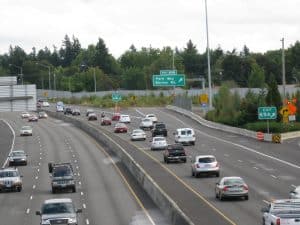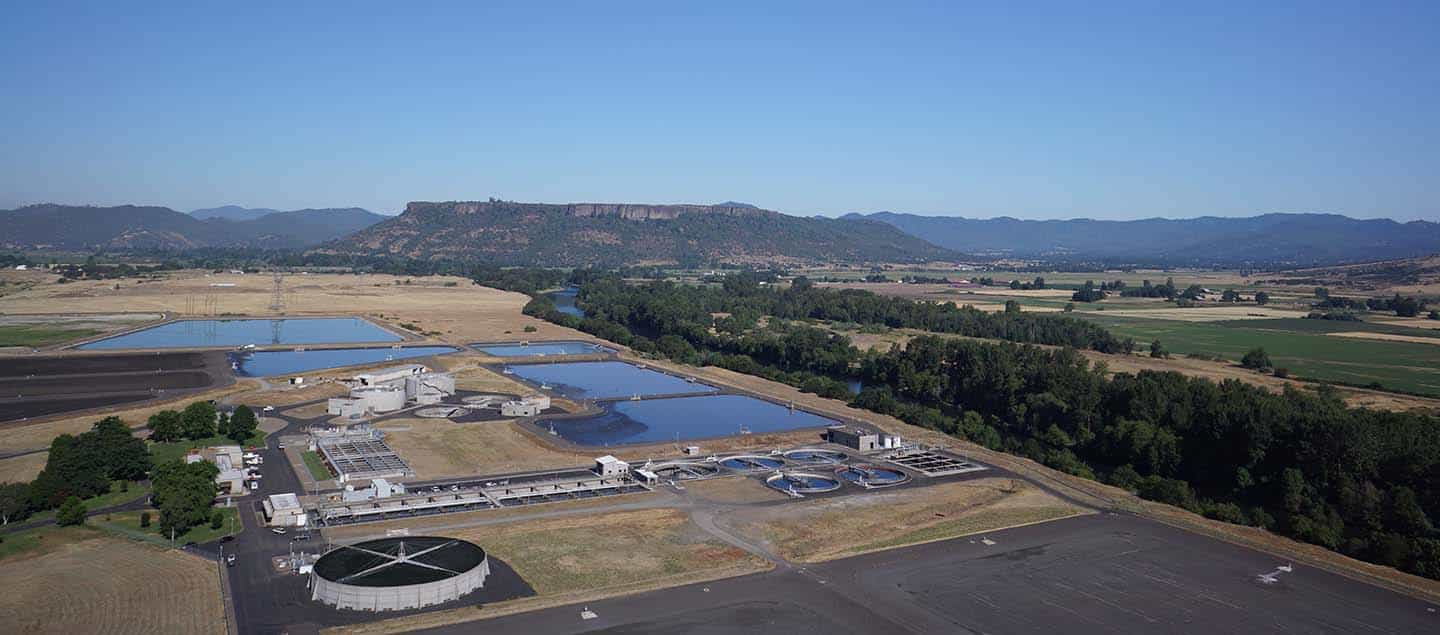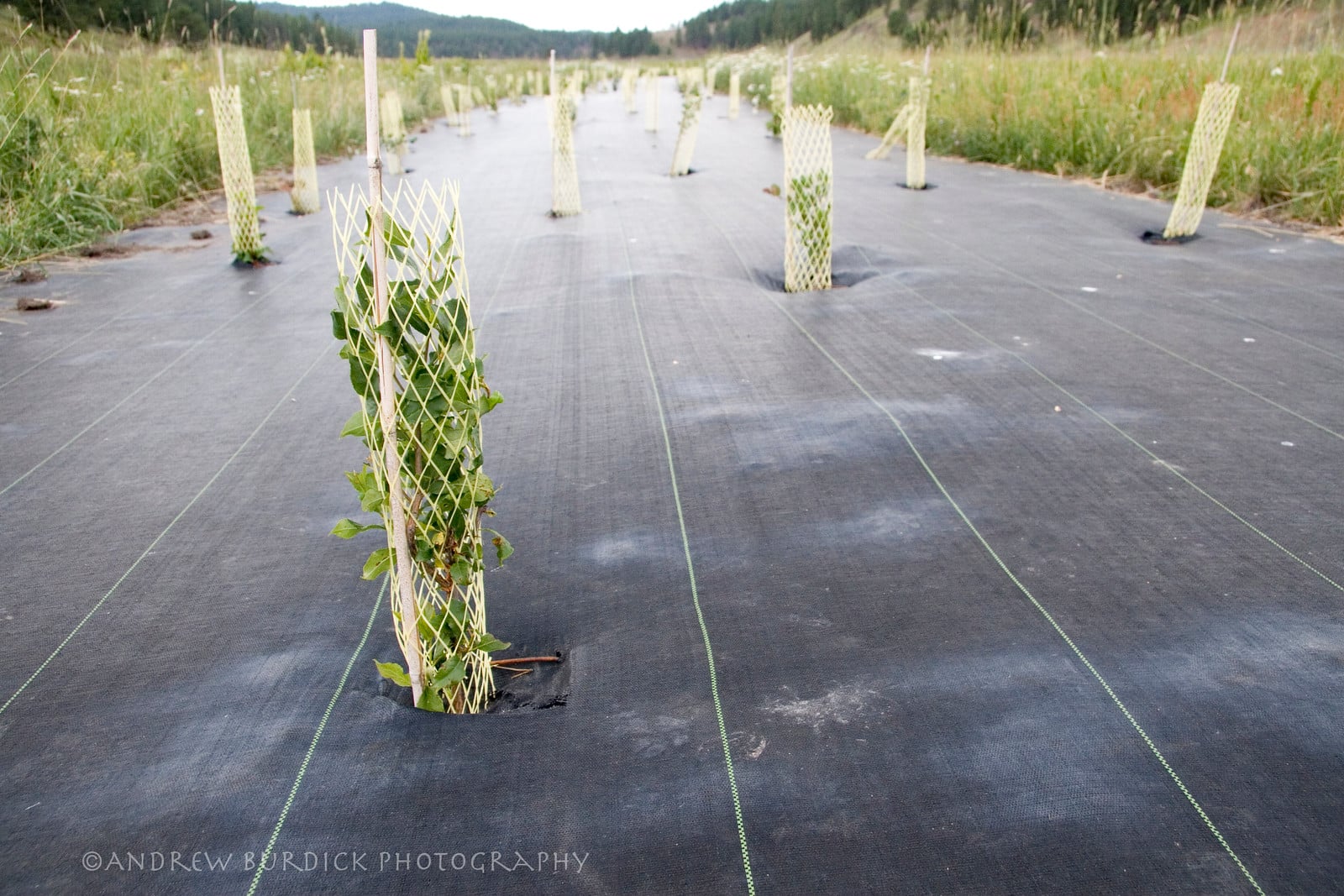Where the stream meets the road
Roads and streams exist to connect – people to places and one another, goods and services to homes and businesses, water to tap, fish to viable spawning habitat. As our country’s population steadily grows and existing infrastructure to support it ages, the natural and built worlds will undoubtedly intersect more often.
According to the American Society of Civil Engineers, the U.S. must spend nearly $4.5 trillion by 2025 to fix the ailing roads, bridges, dams, and other infrastructure. Ultimately, $4.5 trillion means both big change and big opportunity, and it’s critical we understand how best to ensure our environment is protected in light of critical upgrades.
That’s why The Freshwater Trust (TFT) partnered with the Oregon Department of Transportation (ODOT) to explore how restoration spurred as a result of the construction of a new highway or bridge can be more beneficial and longer lasting. The upgrades necessary to support the West’s burgeoning population is also influencing our current interest in this project. Oregon is the sixth fastest growing state in the nation, increasing an average of 1.1% since 2006. In 2016, however, total residents spiked 1.7% in a single year.

U.S. HWY 26 by Doug Kerr
As is the case with transportation departments nationwide, ODOT is required to mitigate the impacts of bridge, culvert and highway construction. Mitigation actions can take the form of restoring wetlands, preventing sediment runoff, planting trees, and more.
Over several decades, the design of stream crossings, such as bridges and culverts, have improved and reduced the impacts on wildlife. Yet quantifying the true impacts infrastructure projects have on freshwater habitat remains challenging.
We know construction can result in more compacted soil, making it harder for native trees and shrubs to take root, and more prone to colonization. What’s more, even if the newly planted native trees are able to survive the disturbance, the average lifespan of a bridge or crossing is roughly 50 years. This means the site will likely be affected again before the trees even hit middle age. These projects often end up being both costlier and less impactful for an ecosystem.
The restoration with TFT is part of a larger cycle of repairs and replacements that ODOT is looking to perform at the regional level. These bridges throughout southern Oregon were either at the end of their acceptable life or road surfaces were being upgraded to accommodate more traffic and heavier haul rates.
But we have a bigger vision that extends beyond the bounds of the Rogue basin. TFT hopes to see the development of a mitigation banking approach for projects like these, whereby funds for mitigation can be pooled and focused in the places where wildlife, like endangered coho salmon, will benefit most and be longer lasting. Sites will be prioritized according to highest ecological need, as opposed to simply performing the restoration at the site location or somewhere where it will not have the same outcomes.
Our goals are to be more efficient with resources, such as money and contractor time, but also to ultimately achieve greater results for the environment.
We have long lived by the principle that more is not better; better is better. We are steadfast in ensuring that this type of mitigation isn’t a check of a box but an efficient, effective and meaningful process with tangible and quantifiable results.
This new work with ODOT builds upon a large body of other work in the region.

The Freshwater Trust has been engaged in streamside revegetation projects for the Medford wastewater treatment facility since 2012.
Since 2012, The Freshwater Trust has worked with the City of Medford, Bureau of Reclamation, numerous local watershed councils, local businesses, and individual landowners to implement more than 17 restoration projects on the main stem of the Rogue and its tributaries.
To date, we’ve protected 25,000 feet of stream, planted 87,000 native trees and shrubs, installed 137 large wood structures, and restored 1,400 feet of side channel. All of that has resulted in thousands of pounds of nutrients prevented per year and a whole lot of shade created where cold-water fish species, such as Chinook and coho, need it most. We’re looking forward to our partnership with ODOT yielding even more outcomes that matter for the Rogue.

Enjoying Streamside?
This is a space of insight and commentary on how people, business, data and technology shape and impact the world of water. Subscribe and stay up-to-date.
Subscribe- Year in Review: 2023 Highlights
By Ben Wyatt - Report: Leveraging Analytics & Funding for Restoration
By Joe Whitworth - Report: Transparency & Transformational Change
By Joe Whitworth - On-the-Ground Action – Made Possible By You
By Haley Walker - A Report Representing Momentum
By Joe Whitworth

